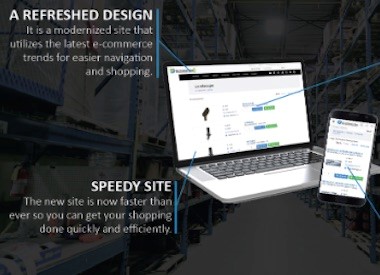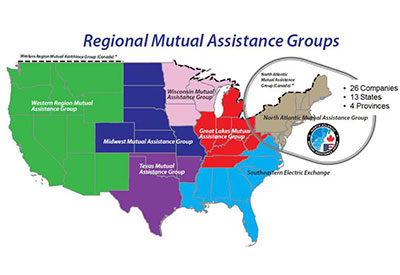Philips Provides Light as a Service to Amsterdam’s Airport

Amsterdam’s Schipol Airport, Royal Philips and contractor Cofely Nederland NV have signed an agreement for new lighting in terminal buildings under which Schipol pays for the light it uses and Philips remains the owner of all fixtures and installations. Philips and Cofely will be jointly responsible for the performance and durability of the system and ultimately its re-use and recycling at end of life.
By applying circular economy principles, Schiphol Group, Cofely and Philips have created a new standard in the transition towards sustainable lighting. The light design will also provide a better lighting experience and is part of an extensive renovation of the terminal intended to increase passenger comfort and capacity.
LED lighting fixtures specially developed for Amsterdam Airport Schiphol will last 75% longer than other conventional fixtures as the design of the fixtures improves the serviceability and therefore lifetime. The LEDs will also reduce electricity consumption by 50%.
“It is Schiphol’s ambition to become one of the most sustainable airports in the world,” said Jos Nijhuis, CEO and president of Schiphol Group. “We believe in a circular economy and want to play an active role in its realization. The collaboration with Philips and Cofely marks a good step in this direction. Together we left the beaten path to develop an innovative, out-of-the-box solution. We set a new standard that matches the ambition level of the airport.
Frank van der Vloed, General Manager, Philips Lighting Benelux, said, “We believe that more and more forward-thinking businesses will move to a model of light as a service. After all, most of us are used to this kind of model – for example I drink water but I don’t have a reservoir in my basement. Add to this considerable energy savings from LED technology and the sustainability of the overall system and the proposition is compelling.”
Supported by Cofely’s round-the-clock presence at Schiphol, Philips and Cofely can provide real-time management of the lighting system to generate an optimal lighting experience and sustainability. At the same time they will also be responsible for the intensity and reliability of the lighting, based on a KPI model.










![Guide to the Canadian Electrical Code, Part 1[i], 26th Edition – A Road Map: Section 10 – Grounding and Bonding](https://electricalindustry.ca/wp-content/uploads/2022/11/Guide-CE-Code-2.png)





